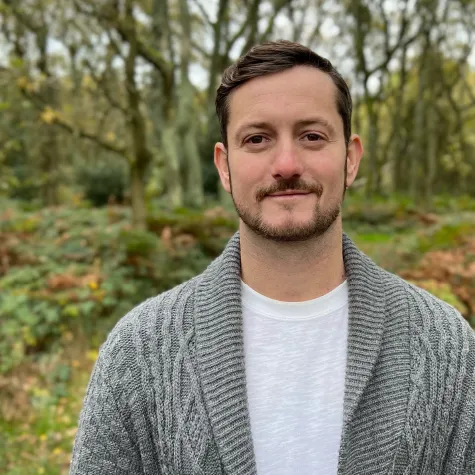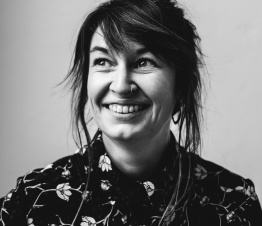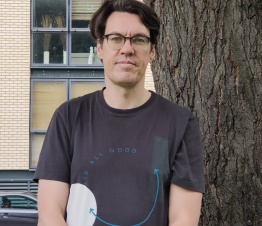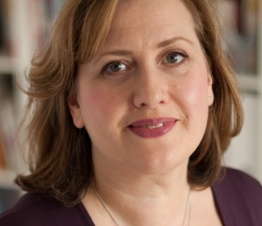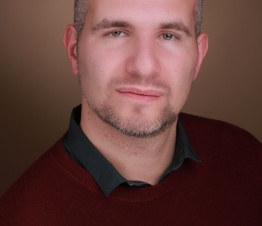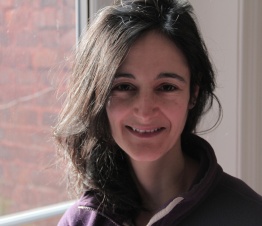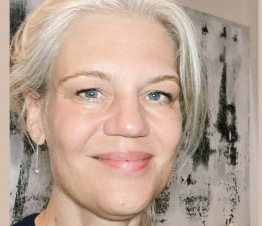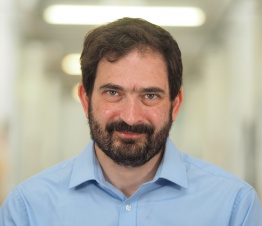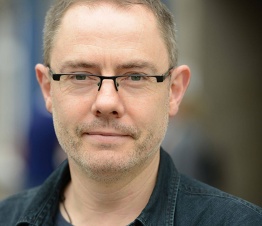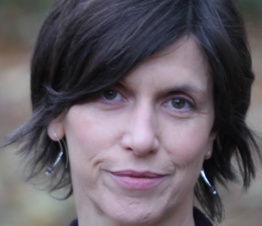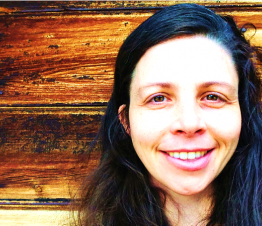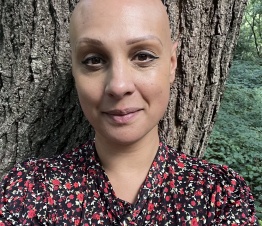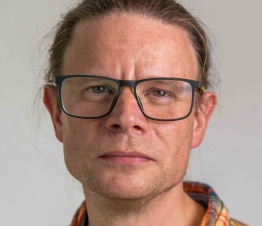What is body psychotherapy?
Body psychotherapy is based on the view that body and mind are connected, and therefore emotional, mental relational problems are experienced in both the mind and the body, not purely the mind. There is increasing research that supports this view and body psychotherapy is starting to move from being a small, niche practice to one that is more widely found.
Many problems can be linked to early childhood traumas, which are "somatised", or held in the body. These can be difficult to access through talk alone, but for some people more easily reached when the body perspective is included. Communication also has a physical dimension, as bodies respond to things that are upsetting, frightening or pleasing (for example); think of butterflies in the stomach, excitement or breathlessness. A combination of bodywork and talk can have a deep effect. Body psychotherapists pay a lot of attention to the connections between the way clients think and their bodies feel, between physical sensations and emotions, and to what is experienced in the body in the course of conversation between therapist and client.
There are a range of body psychotherapy approaches with slightly different emphases, including dance and movement therapy. While not all body psychotherapy involves touch, a session with a body psychotherapist could include touch, movement, massage, art, dance, exercise or a mixture of all of these, along with talking therapy. It may take place seated in chairs, on cushions, lying on a massage table, or the floor. This will all be discussed with the client in advance.
Some body psychotherapists are traditionally trained therapists who have done extra training in somatic psychology or deep bodywork; body psychotherapy is part of their integrative practice. Others are body practitioners who have trained in therapeutic skills to help with the effects of their hands-on work. Some therapeutic approaches have an integrated body and mind perspective and practitioners are trained accordingly.
A short video from psychotherapist Theo Raymond to explain further:
Who benefits from body psychotherapy?
Strategies that were developed to cope as children can be unhelpful as adults as can some relational habits. Anxiety, depression, relationship difficulties, low self-esteem can be the result. Problems in daily life may be what is experienced now, but the underlying cause may have been imprinted on body and mind at a much earlier time. If an adult client feels that they are held back or stuck but cannot articulate why, body psychotherapy may help release old fears or tensions from early childhood. If they are finding relationships difficult they can identify old patterns and explore new ways of relating.
Welldoing.org body psychotherapist Theo Raymond:
"It could be said that in body psychotherapy, we take what is called a ‘bodymind’ approach to working with clients, meaning that we see the mind and body as an integrated whole. The fact that we have the terms ‘mind’ and ‘body’ is a reflection how our culture looks at these two parts of ourselves as separate. Psychotherapy, in its etymological sense, is therapy using the psyche – a concept that traditionally belongs to the mind. I hope that in reading this article, therapists will have a bit more of a sense of how to work with the bodymind and not just the mind in psychotherapy. In Western culture, mind and body have long been separated through biomedicine, philosophy, and capitalism. What might it be like if our culture accepted that by working with the body we are, by necessity, working with the mind? Perhaps by bringing the body into the psychotherapy room, we take a small step closer to this awakening."
Relevant associations
This information has been vetted by a professional member of the welldoing.org directory
Last updated on 26 May 2020


